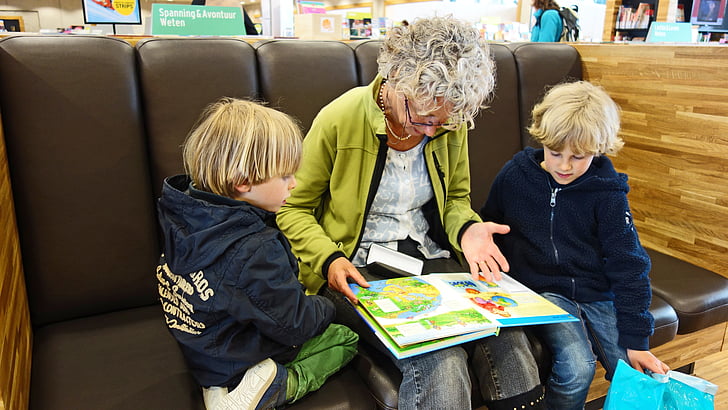This post is primarily for families with a child in grade one, but of course will be interesting and helpful to caregivers of all Quilchena students.
Our grade one teachers are Mme Bouchet , Mme Megan, and Ms Petrenko. These tips support their programs, built their years of experience teaching 6- and 7-year-olds.



Sleep: it is extremely important for children to get enough sleep as it directly impacts their mental and physical development.
-
-
-
-
- Make sure that students have a regular bedtime–even on weekends– that allows them to get at least ten hours of sleep a night.
- Thirty to sixty minutes before bedtime, all technology is turned off, and it’s time for reading and quiet music.
- Ensure the bedroom is dark, except for a night light, and no TV is allowed in the room.
Core strength: children who have less core strength have a hard time sitting still at desks and find it harder to sustain focus on active learning.
(From Jamie Spencer’s blog, Miss Jamie, OT)
Some indicators of poor core strength:
-
-
-
-
- Does your child change positions frequently?
- Do they lean on the desktop?
- Slump over?
- W Sit?
- Have difficulty paying attention?
- Use their “helping hand” to prop themselves up?
- Do they always lean on the wall, the couch, or you?
- Are they struggling to ride a bike or tie their shoes?
If the answer is yes, then it’s very likely that the child has poor core strength. Sometimes we are expecting too much of a child who simply doesn’t have the strength in their musculature to sit up for more than a few minutes. So they lean, slump, or fidget to try to get comfortable.
How to help develop core strength:
-
-
-
-
- Pumping legs to swing on a swing
- Walking, running, or biking to school
- Climbing on playground equipment
- Yoga, Karate, and Swimming
- Riding a bike
- Climbing trees
- Obstacle courses that you crawl through
- Crawling through tunnels
- Skateboarding, rollerskating, using a scooter board or razor scooter
- Chores that require heavy lifting: carrying laundry, groceries, etc.
- Chores that involve pushing/pulling: shoveling snow, sweeping, etc.
Students learn at different rates and in different ways, but these tips will support all our learners in being happy and healthy at school.





 There is something extra special about sharing a beloved book from our childhood with our own small people. There are a number of picture books from when I was little (early 80s) that are still in print today.
There is something extra special about sharing a beloved book from our childhood with our own small people. There are a number of picture books from when I was little (early 80s) that are still in print today.
 I read The Longest Night by Marion Bauer to many of my classes this week in preparation for the winter solstice on Saturday. Each time, I turned off the lights over the story-time area of the library to simulate the dark and quiet of the longest night of the year.
I read The Longest Night by Marion Bauer to many of my classes this week in preparation for the winter solstice on Saturday. Each time, I turned off the lights over the story-time area of the library to simulate the dark and quiet of the longest night of the year.

